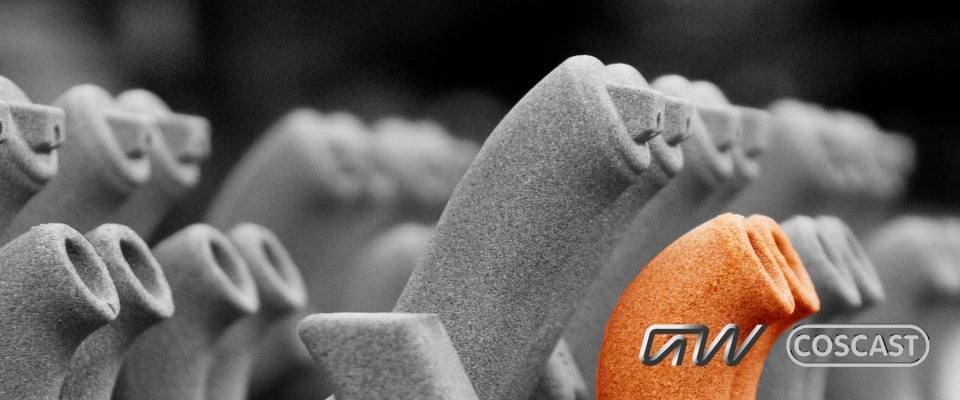Cores are a vital part of the sand casting process. But why are they so essential?
Firstly, cores allow design complexity by creating cavities and angles that would otherwise be impossible to be created from a pattern. But cores can also be necessary for the final function of the part. A great example of this is the water jacket inside an engine – while cylinders could be machined in theory, it's impossible to machine something inside that you can't even see with a CT scanner.
Making and placing sand cores accurately is crucial to the quality of the final casting. Cores must have high levels of permeability, be able to resist temperatures from the molten metal and have good hardness properties. Sand cores are designed to be broken down, or ‘shaken out’ at the end of the casting process with the rest of the sand mould.
Core location is essential
Good core print location design is important and the core media must be suitable to resist temperature and forces during the casting process. Good mould design takes into account how the mould is assembled too, resisting any movement of cores which can create a scrap part.
Cores that are well-designed and well-placed can help reduce the weight of a final product, reducing the total amount of metal required. This can aid lightweighting (an important process for a carbon-neutral future) by taking redundant material from component designs.
How do you make a core?
Cores can be made in different ways. Some of the main processes include:
Hand rammed:
This involves manually ramming the cores using sand.
Blown:
Created by shooting a sand / binder mixture into a tool cavity under pressure and cured with a gas.
3D Printed
3D sand printers can create tool-less cores rapidly with complex geometries. Multiple features can be combined into printed assemblies reducing sand piece count.
Core production considerations
The best core production method depends on a number of factors, including your part requirements, volume, lead time and budget. For example, 3D sand printing of cores is rapid (potentially in just a few hours), but expensive.
Sand strength is also important. If sand strength is below the pressure created by the liquid metal filling the mould, the core can split. Different sands have different properties that affect dimensional outcomes and the rate of solidification, including density and heat capacity. Factors such as permeability and outgassing also need to be considered when making cores.
When should you use 3D sand printing for cores?
3D sand printing isn't only a rapid prototyping tool. 3D printing also offers the ability to print cores for sand casting. This can add many benefits to the process, including:
- Speeding up project lead times. 3D printing can produce cores in hours.
- Providing geometry freedom. This is due to not needing sand extraction from the tooling, or reassembly afterwards. There’s no need to consider draft angles, or split lines.
- Reducing investment cost for lower volumes. This is particularly true in prototyping, where 3D printing can reduce investment costs.
- Faster iteration. Iterations can be created quickly and easily with 3D sand printing.
Read our blog for more information about rapid prototyping with sand casting.
Cores are vital for sand casting
The ability to make, and place cores accurately is a vital part of the sand casting process.
To find out more about the flexibility of sand casting, download our free eBook, The Basics of the Sand Casting Process. It’s a valuable overview to help achieve the best quality casting for your next project.


 Get in touch
Get in touch
